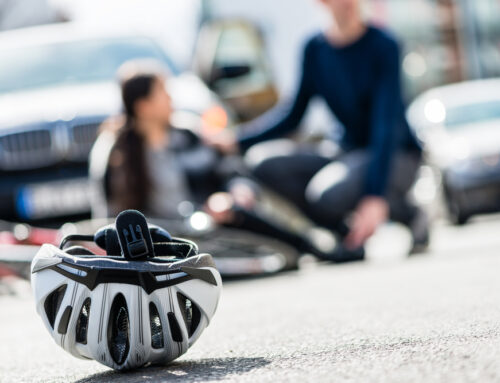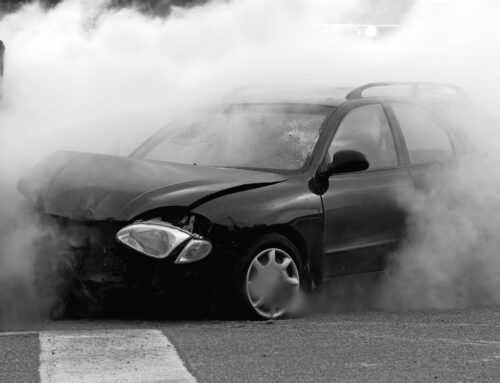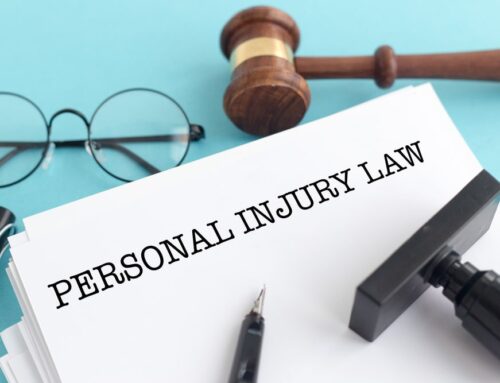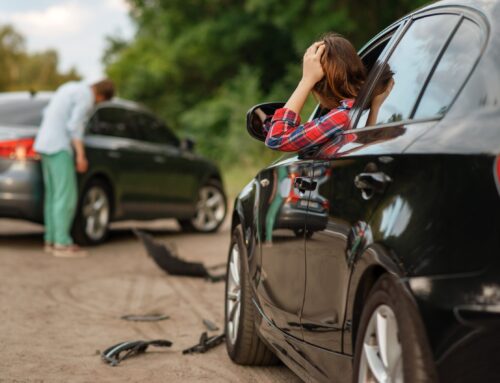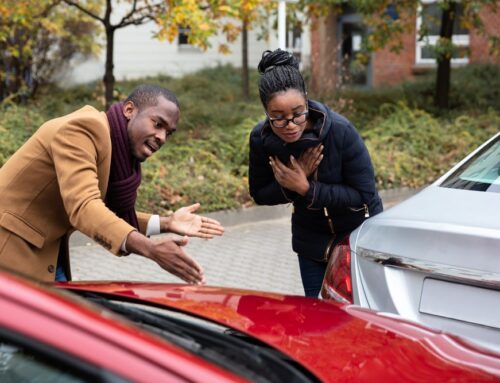Personal Injury Lawyer
When a plaintiff is injured in a slip and fall incident on another person’s property, the accident might be due to another’s negligence. A plaintiff injured in such an accident may pursue an insurance settlement or file a personal injury lawsuit. In either case, the plaintiff must prove that another person, usually the property owner, is responsible for their injury. To determine whether someone else is responsible for the plaintiff’s injury, their attorney will need to identify all potentially liable parties and evaluate whether they were negligent and thus liable for the slip and fall accident.
Theories of Liability
A plaintiff generally must prove one of two theories of liability to hold another person liable for a slip and fall accident. The plaintiff can establish that the property owner, or their agent or employee, should have known of a dangerous condition and removed or repaired the condition. Liability under this theory rests on whether a reasonable person would have recognized the condition as hazardous and whether the defendant had an opportunity to remedy the situation before the slip and fall occurred. Alternatively, the plaintiff can establish that a property owner or their employee actually caused the dangerous condition that led to the slip and fall and that it was reasonably foreseeable that someone would slip and fall due to the condition. For instance, the owner or employee might have knowingly left a hazardous obstacle in the middle of a walking path.
Proof of Negligence
In order for a defendant to be found negligent and thus liable for the plaintiff’s damages in a slip and fall case, the property owner, or their agent or employee, must have neglected to act as a reasonably prudent person would under similar circumstances. Factors that bear on whether a defendant acted reasonably include whether the hazardous condition or obstacle existed long enough that a reasonable person would have eliminated it; whether the property owner had a policy of routinely checking for hazards; whether there was a reasonable justification for the creation of the hazard and whether that justification existed at the time of the accident; whether the hazardous condition could have been made less dangerous through preventative measures such as warning signs or closing off access to the location; and whether poor lighting or limited visibility was a factor in causing the slip and fall accident.
Contributory and Comparative Fault
The defendant will likely argue that the plaintiff is partially or wholly at fault for the accident, which is referred to as contributory or comparative fault. If the state the plaintiff has sued in has adopted contributory fault, the plaintiff will not be able to recover any damages if they are found to share any responsibility for the accident. In contrast, other states have comparative fault statutes, under which the plaintiff’s recovery will be reduced by the amount they are found to be responsible for the accident. You should be sure to consult an attorney to identify whether your state follows contributory or comparative negligence.
Factors to consider in evaluating whether a plaintiff might be partially or wholly responsible for the slip and fall accident include whether the plaintiff engaged in an activity that prevented them from noticing the hazard when a reasonable person would have noticed it; whether the plaintiff had lawful access to the location where the accident occurred or whether the plaintiff had a legitimate reason for being in the dangerous area; and whether adequate warning signs were posted or whether safety measures were ignored or underutilized by the plaintiff.
If you have questions about a case, contact a personal injury lawyer, like one at The Law Office of Eglet Adams for information about your situation.
